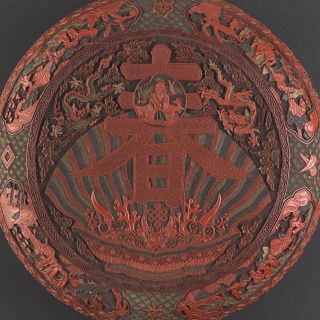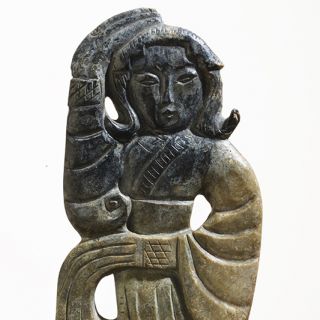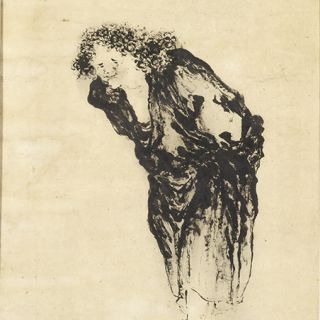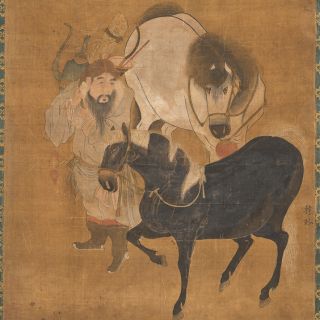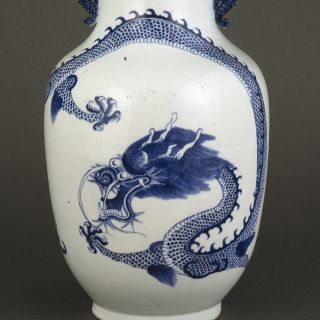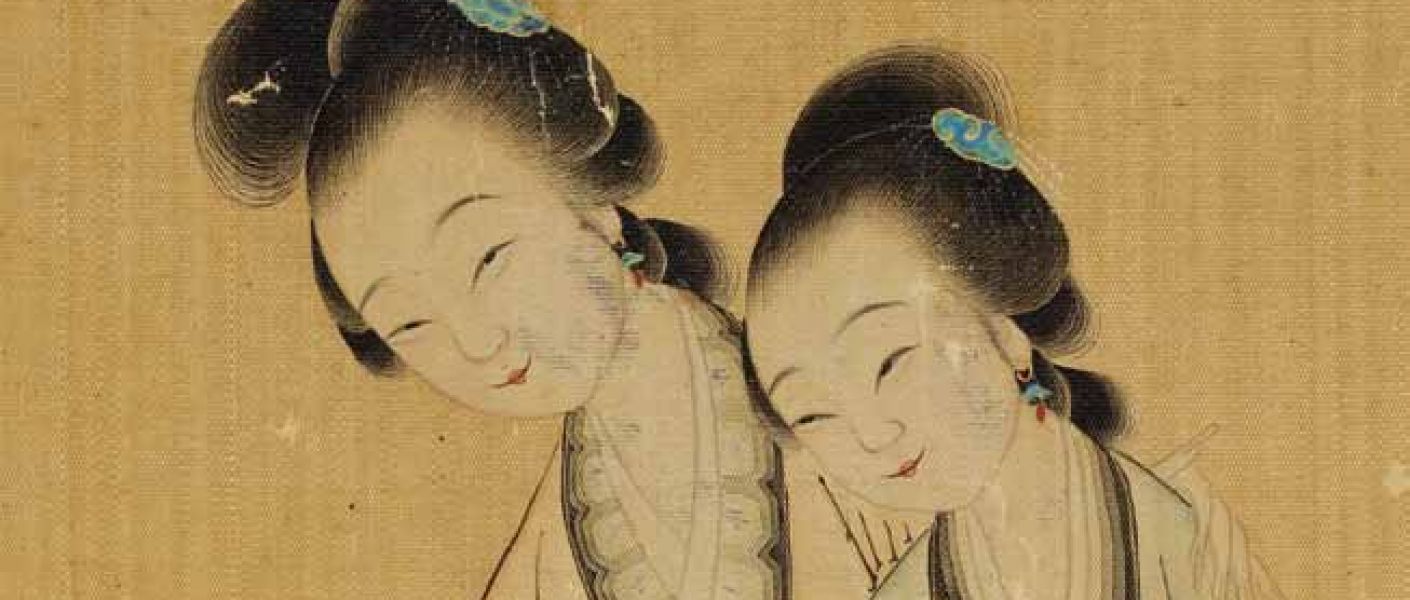The Heart of Beauty - Five Thousand Years of Chinese Masterpieces
The focus of the exhibition is on five outstandingly important Chinese negotiation materials. Jade, porcelain, lacquer, paper and silk are all concepts associated with China. Their discovery and use have been characteristic of Chinese art for many centuries, even thousands of years. The selected jade, porcelain and lacquer objects and paintings from the Chinese collection of the Hopp Ferenc Museum of Asiatic Arts introduced the visitors not only to the symbolic system, ritual or secular use and production technique of the exhibited pieces, but also to the ideological background of the creation of the works. with the help of works.
Jade objects, revered and used as the diamond of the East, have been of decisive importance in Chinese culture for 7,000 years. They fulfill the role that precious metals play in Western culture: the combination of gold, silver and precious stones. Jade represents earthly and heavenly power at the same time, since the positive characteristics of power are embodied in the transparency, durability and indestructibility of the stone. All of its main object types were presented: ritual objects, ceremonial weapons, and personal ornaments. Visitors could learn about the ritual role of jade in Chinese culture and its wide-ranging symbolic system with the help of ancient texts.
Gallery
